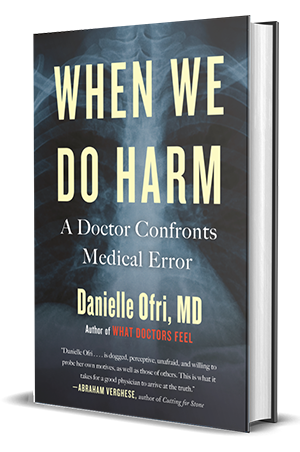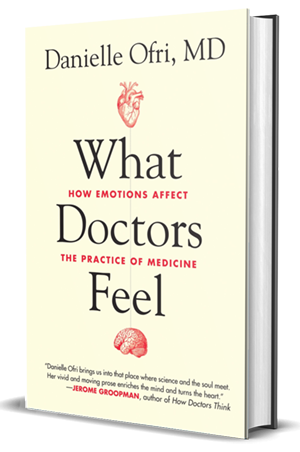humanism
Medical Humanities
When your body threatens mutiny and you are peering into the abyss, you want a doctor who has contemplated mortality in a deep way. Being sick is indeed hell and every patient deserves a Virgil. Infusing the medical training with a bit more Virgil just might be the key. More
Art & Anatomy
The “art of medicine†is a term that is used—sometimes disparagingly—to refer to the non-technical skills of medicine. Artistic rendering enables us to appreciate the emotional grappling one must do in the world of anatomy and in the larger world of medicine. More
In Search of a Beloved Teacher
“Written and Illustrated by.” These words were written on a blackboard in September, 1971, in crisp, authoritative chalk. This was practical magic, unfolding on our laminate pressboard desks every single day. Ms. Zive handed us power, and it was exhilarating. More
Adding Spice to the Slog: Humanities in Medical Training
As soon as we’d finish rounds on the medical wards I’d race to pass out an Anatole Broyard essay in the nanoseconds before dispersal entropy overtook our team. More
Storytelling in Medicine: the Passion and the Peril
So much of medicine is about stories—the ones we hear, the ones we tell, the ones we participate in—that it is no accident that doctors and nurses are attracted to stories. More
Patients Need Poetry…And So Do Doctors
Sometimes it is the things we deem least practical that wield the most power. In fact, poetry’s impracticality may be its strength. By being just words on a page, it isn’t expected to pull the weight of chemotherapy, antibiotics, or an MRI machine. So when a poem does pack a punch, we’re often bowled over. More
Creativity in Medicine
“What are you doing creatively these days?” It’s not a question you hear commonly. Medicine is a field with a strong history of creativity, but its daily practice feels less and less creative More
For Whom Do We Write
Was writing simply cathartic, an unloading of pent-up frustration, pain, occasional exhilaration? Or was this part of a nobler cause, something that would fall under the purview of healing, something with ultimate benefit for my patients? For if it wasn’t the latter, was I not simply exploiting my patients for their readily accessible drama? More
Chekhov and Public Health
At first glance, it might seem odd that a public health journal would initiate a section about arts and humanities. Public health, after all, deals with populations; it eschews the individual except as it forms one of a group. The creative arts, however, deal almost exclusively with individuals. Literature, in particular, always has a protagonist, and the protagonist is never ‘alcoholics with pancreatitis,’ ‘female prisoners receiving hepatitis B vaccination,’ ‘South Asians with cardiovascular risk factors,’ ‘UK asylum seekers with infectious disease,’ or ‘teenaged asthmatic smokers.’ A protagonist is an individual.
More








